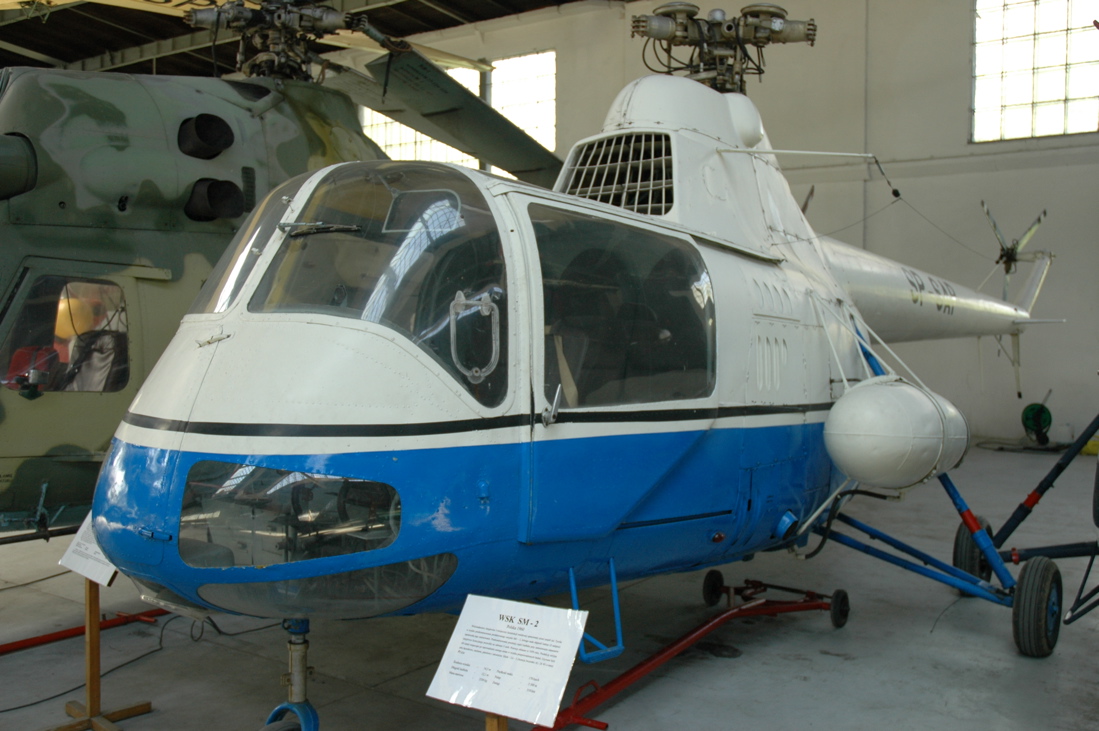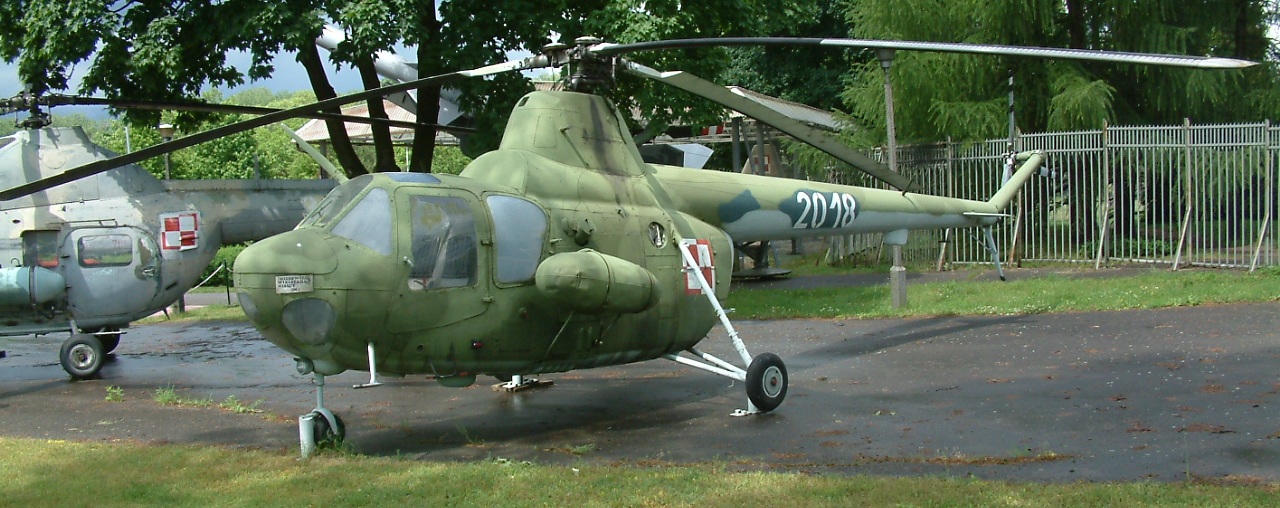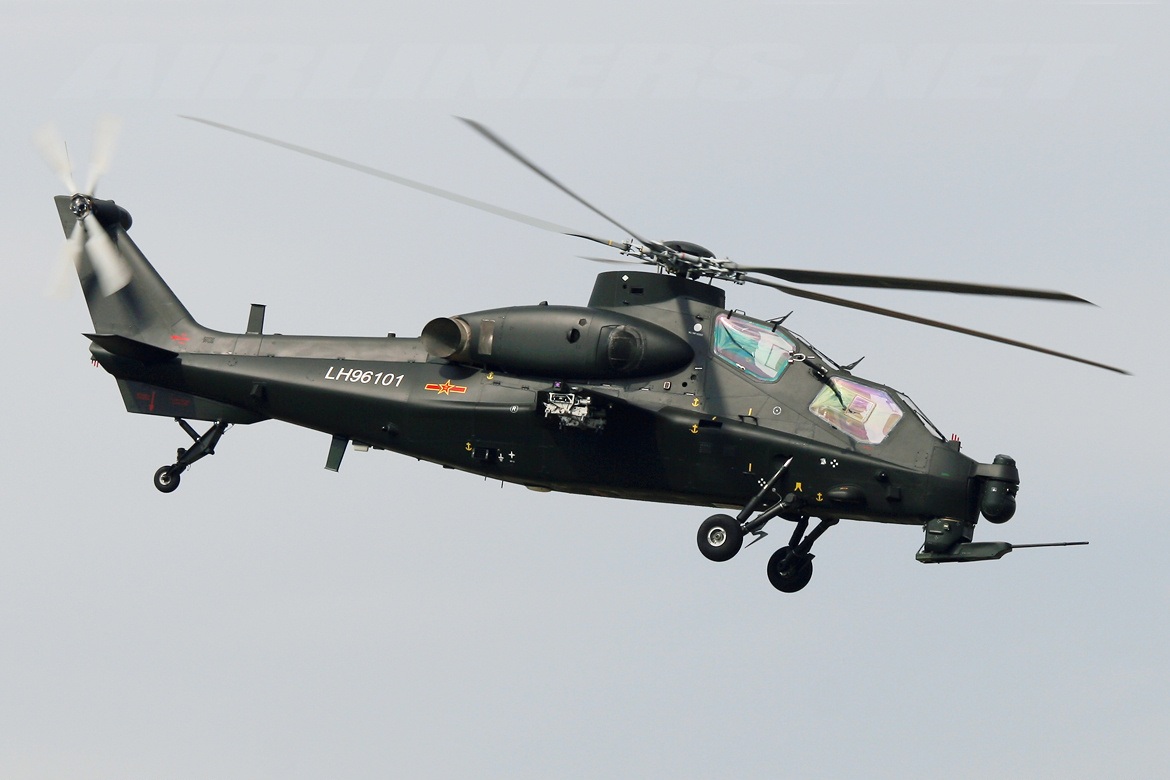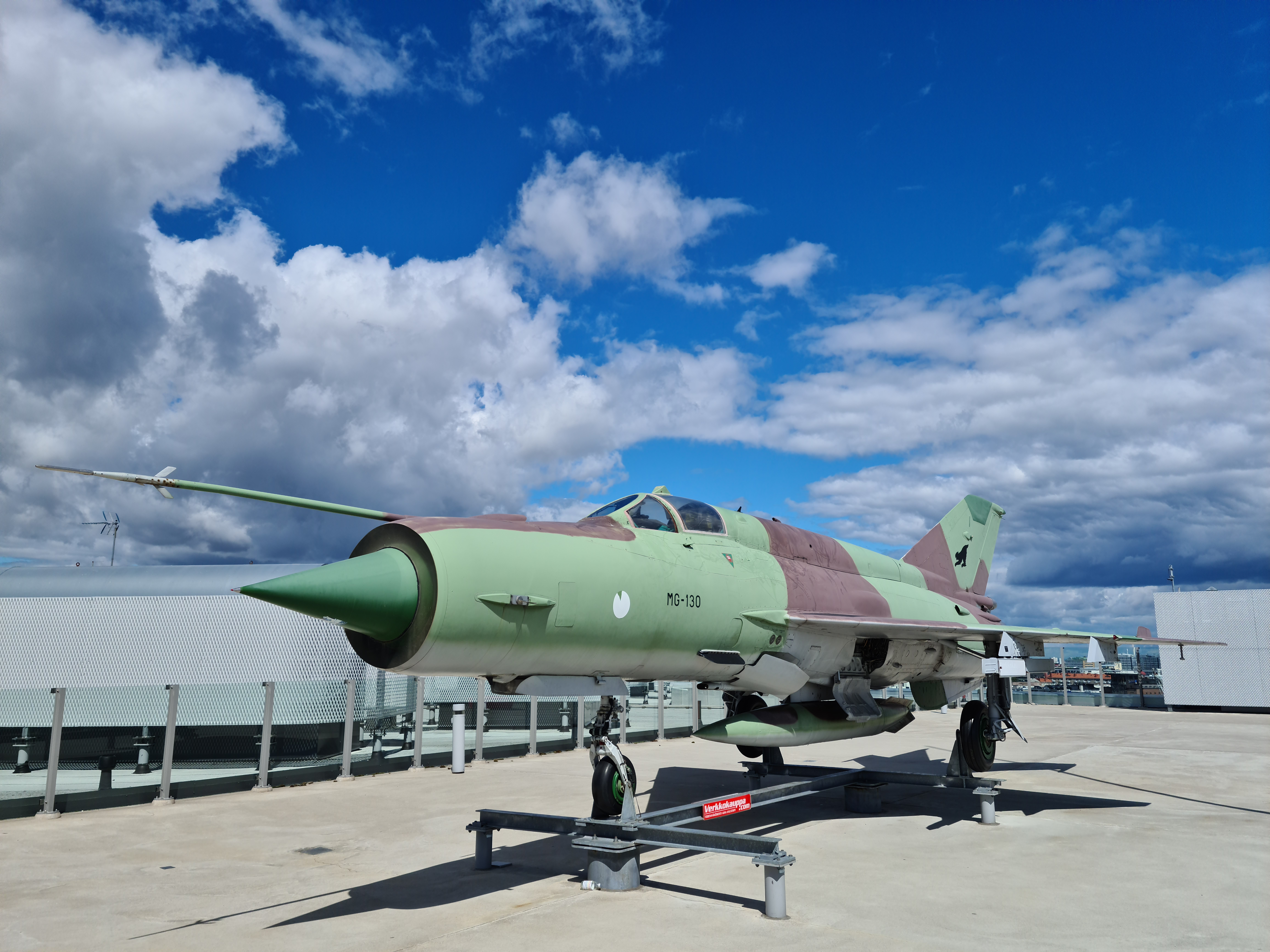|
Alexeni Airfield
Alexeni airfield was a military airfield of the Romanian Air Force located in the Alexeni commune near the city of Urziceni, Ialomița County, at north-east of the capital city of Romania. Hosting the 94th Helicopter Regiment since 1965, the base was closed in 2001. Following its closure, the Ministry of Transport proposed the airfield as a new low-cost airport for Bucharest. After the project's failure, the airfield was given to the Ialomița County Council, which leased it in 2024 to a Romanian-Ukrainian joint venture. Under the current plan, Alexeni will be turned into a cargo and passenger hub capable to take over a significant part of the traffic from the Otopeni airport. History Military base During World War II, a landing ground was set up on the outskirts of Alexeni for the German ''Luftwaffe'' fighter units which were intercepting Allied bombing raids targeting Bucharest and Ploiești. After the war, the area was determined to be suitable for fast military interventio ... [...More Info...] [...Related Items...] OR: [Wikipedia] [Google] [Baidu] |
Alexeni
Alexeni is a commune in Ialomița County, Muntenia, Romania, some 65 km north-east of Bucharest, near the town of Urziceni. It is composed of a single village, Alexeni. Until 2001 a Romanian Air Force military helicopters unit was located at the nearby Alexeni Airfield. In 2007, as the airfield was not used by the Romanian Air Force any longer, the former Minister of Transport Radu Berceanu suggested to use the location for Bucharest's new low-cost flights airport (as the operational tariffs for Bucharest's previous low-cost hub, Aurel Vlaicu Airport, were set to grow). However, some analysts considered the project unrealistic and doomed to fail due to the poor conditions of the infrastructure in the area. Eventually those plans were abandoned and all low-cost flights were moved in March 2012 at Bucharest main airport, the Henri Coandă International Airport. Natives *Chira Apostol Chira Irina Apostol (later Stoean, born 1 June 1960) is a retired Romanian rower who comp ... [...More Info...] [...Related Items...] OR: [Wikipedia] [Google] [Baidu] |
MiG-15
The Mikoyan-Gurevich MiG-15 (; USAF/DoD designation: Type 14; NATO reporting name: Fagot) is a jet fighter aircraft developed by Mikoyan-Gurevich for the Soviet Union. The MiG-15 was one of the first successful jet fighters to incorporate swept wings to achieve high transonic speeds. In aerial combat during the Korean War, it outclassed straight-winged jet day fighters, which were largely relegated to ground-attack roles. In response to the MiG-15's appearance and in order to counter it, the United States Air Force rushed the North American F-86 Sabre to Korea.Thompson, Warren. ''Flight Journal'', December 2002. Retrieved: 30 June 2011. When refined into the more advanced MiG-17, the basic design would again surprise the West when it proved effective against supersonic fighters such as the Republic F-105 Thunderchief and McDonnell Douglas F-4 Phantom II in the Vietnam War of the 1960s. The MiG-15 is believed to have been one of the most produced jet aircraft with more th ... [...More Info...] [...Related Items...] OR: [Wikipedia] [Google] [Baidu] |
IAR-93 Vultur
The Avioane Craiova IAR-93 Vultur (vulture/eagle) is a twinjet, subsonic, close support, ground attack and tactical reconnaissance aircraft with secondary capability as low level interceptor. Built as single-seat main attack version or combat capable two-seat version for advanced flying and weapon training, it was developed in 1970s by Romania and Yugoslavia to become more independent from Soviet equipment. The Romanian aircraft were built by I.R.Av. Craiova as IAR-93, and its Yugoslav counterpart by Soko as the Soko J-22 Orao. For Romania, the IAR-93 was intended to replace MiG-15s and MiG-17s in the fighter-bomber role. Development On May 20, 1971, Romania and Yugoslavia signed the governmental agreements for the YuRom R&D programme. The program managers were Dipl. Dr. Engineer Teodor Zamfirescu for the Romanian party and Colonel Vidoje Knežević for the Yugoslav party. The requirements called for a light subsonic aircraft for ground attack and tactical reconnaissance missio ... [...More Info...] [...Related Items...] OR: [Wikipedia] [Google] [Baidu] |
IAR 330
The IAR 330 is a licensed production, licence-built version of the Aérospatiale SA 330 Puma helicopter, manufactured by the Romanian aerospace manufacturer Industria Aeronautică Română. The IAR 330 was produced under a licensing agreement with the French aerospace firm Aérospatiale, signed on 30 July 1974. On 22 October 1975, the first Romanian-built Puma conducted its maiden flight. Deliveries to customers begun shortly thereafter; by 1980, around 25 IAR 330s had been produced for both domestic and overseas customers. Various oversea countries opted to procure the IAR 330, including Pakistan, Ivory Coast, United Arab Emirates, and Sudan. The largest operator of the type would be the Romanian Air Force, who initially used it primarily as a utility transport. During the 1990s, there was a desire for a rotary anti-tank capability, as well as to integrate Romania's defense equipment with NATO. Accordingly, during the 2000s, IAR collaborated with the Israeli defense company Elb ... [...More Info...] [...Related Items...] OR: [Wikipedia] [Google] [Baidu] |
Industria Aeronautică Română
Industria Aeronautică Română (IAR) (now IAR S.A. Brașov), or Romanian Aeronautic Industry in English, is a Romanian aerospace manufacturer. It is based in Ghimbav, near Brașov, Romania. IAR was founded in 1925 with the aid of the Romanian government, which sought to reduce reliance on foreign companies to supply the Royal Romanian Air Force with aircraft and associated equipment. In addition to its designs, the company built numerous foreign-designed aircraft licensed production, under license as well. IAR produced a low-wing all-metal monoplane, the IAR 80, during the Second World War; this combat aircraft was extensively used by the nation during the conflict. During the Cold War era, the company branched out into helicopters, securing licensing agreements with France for their designs in the field, leading to the IAR 316 and IAR 330. In 2000, IAR partnered with the multinational helicopter manufacturer Eurocopter, Eurocopter Group to create the ''Eurocopter Romania'' joint ... [...More Info...] [...Related Items...] OR: [Wikipedia] [Google] [Baidu] |
PZL SM-2
The PZL SM-2 was a Polish light utility helicopter, enlarged version of license-built Mil Mi-1, developed and produced by PZL-Świdnik, WSK PZL-Świdnik. It was also known as the WSK SM-2. Design and development From 1956 in aviation, 1956, the Soviet light three-seat or four-seat helicopter Mi-1 was produced under license in the Polish WSK PZL-Świdnik works in Świdnik, under a designation SM-1 – and as much, as 1594 were manufactured. In 1957 in aviation, 1957, works started in WSK PZL-Świdnik to modernize the helicopter and fit it with an enlarged, five-seat cabin. One of the design goals was to make training easier, by placing the two pilots side by side. In the air ambulance role, treating a patient inside the fuselage was easier than in side capsules. The helicopter's main designer was Jerzy Tyrcha.Budniak, Karol. ''Historia powstania śmigłowca'', "Aeroplan" Nr. 5-6(122-123)/2013, p. 4-7 (in Polish) The most obvious difference was a larger cabin, extended towards the ... [...More Info...] [...Related Items...] OR: [Wikipedia] [Google] [Baidu] |
PZL SM-1
The Mil Mi-1 (USAF/DoD reporting name "Type 32", NATO reporting name "Hare") was a Soviet three- or four-seat light utility helicopter. It was the first Soviet helicopter to enter serial production. It is powered by one Ivchenko AI-26V radial piston engine. It entered service in 1950 and was first seen on the 1951 Soviet Aviation Day, Tushino and was produced for 16 years. More than 1,000 were built in the USSR and 1,594 in Poland, as SM-1. Development Mikhail Mil began work on rotary-winged aircraft before 1930, but the Mi-1, his first production helicopter, was begun in 1946, under a designation EG-1. In 1947 Mil became a head of OKB-4 design bureau in Tushino, and works were intensified. A final design was named GM-1 (for ''Gyelikopter Mila'', Mil's Helicopter). Soviet engineers tried to create a completely original design. So, they made a rotor hub with spaced vertical and horizontal hinges. This design increased the efficiency of helicopter control and was much simpler th ... [...More Info...] [...Related Items...] OR: [Wikipedia] [Google] [Baidu] |
Mi-8
The Mil Mi-8 (, NATO reporting name: Hip) is a medium twin-turbine helicopter, originally designed by the Soviet Central Aerohydrodynamic Institute (TsAGI) in the 1960s and introduced into the Soviet Air Force in 1968. Russian production of the aircraft model still continues as of 2024. In addition to its most common role as a transport helicopter, the Mi-8 is also used as an airborne command post, armed gunship, and reconnaissance platform. The Mi-8 is the world's most-produced helicopter, with over 17,000 units used by over 50 countries. As of 2015, when combined with the related Mil Mi-17, the two helicopters are the third most common operational military aircraft in the world. Design and development Mikhail Mil originally approached the Soviet government with a proposal to design an all-new two-engined turbine helicopter in 1959 after the success of the Mil Mi-4 and the emergence and effectiveness of turbines used in the Mil Mi-6. After design and development, the M ... [...More Info...] [...Related Items...] OR: [Wikipedia] [Google] [Baidu] |
Mil Mi-4
The Mil Mi-4 (USAF/DoD reporting name "Type 36", NATO reporting name "Hound")'' Jane's all the World's Aircraft 1963-1964'', p. 303 is a Soviet transport helicopter that served in both military and civilian roles. Design and development The Mi-4 was designed in response to the American H-19 Chickasaw and the deployment of U.S. helicopters during the Korean War. While the Mi-4 strongly resembles the H-19 Chickasaw in general layout, including the innovative engine position in front of the cockpit, it is a larger helicopter, able to lift more weight and built in larger numbers. The first model entered service in 1953. The helicopter was first displayed to the outside world in 1952 at the Soviet Aviation Day in Tushino Airfield. Operational history The Mi-4 transport helicopter laid the groundwork of Soviet Army Aviation. It was widely used both in the armed forces and in Soviet civil aviation, and for several decades remained the main type of helicopter in the inventory of the ... [...More Info...] [...Related Items...] OR: [Wikipedia] [Google] [Baidu] |
Military Helicopter
A military helicopter is a helicopter that is either specifically designed for or converted for usage by a military. A military helicopter's mission is a function of its design or conversion. The most common use of military helicopters is airlift, but transport helicopters can be modified or converted to perform other missions such as combat search and rescue (CSAR), medical evacuation (MEDEVAC), serving as an airborne command post, or even armed with weapons for close air support. Specialized military helicopters are intended to conduct specific missions. Examples of specialized military helicopters are attack helicopters, observation helicopters and anti-submarine warfare (ASW) helicopters. Types and roles Military helicopters play an integral part in the sea, land and air operations of modern militaries. Generally manufacturers will develop airframes in different weight/size classes which can be adapted to different roles through the installation of mission specific equipm ... [...More Info...] [...Related Items...] OR: [Wikipedia] [Google] [Baidu] |
Soviet Invasion Of Czechoslovakia
On 20–21 August 1968, the Czechoslovak Socialist Republic was jointly invaded by four fellow Warsaw Pact countries: the Soviet Union, the Polish People's Republic, the People's Republic of Bulgaria, and the Hungarian People's Republic. The invasion stopped Alexander Dubček's Prague Spring liberalisation reforms and strengthened the authoritarian wing of the Communist Party of Czechoslovakia (KSČ). About 250,000 Warsaw Pact troops (afterwards rising to about 500,000), supported by thousands of tanks and hundreds of aircraft, participated in the overnight operation, which was code-named Operation Danube. The Socialist Republic of Romania and the People's Republic of Albania refused to participate. East German forces, except for a small number of specialists, were ordered by Moscow not to cross the Czechoslovak border just hours before the invasion, because of fears of greater resistance if German troops were involved, due to public perception of the previous German occupatio ... [...More Info...] [...Related Items...] OR: [Wikipedia] [Google] [Baidu] |
MiG-21
The Mikoyan-Gurevich MiG-21 (; NATO reporting name: Fishbed) is a supersonic jet aircraft, jet fighter aircraft, fighter and interceptor aircraft, designed by the Mikoyan, Mikoyan-Gurevich OKB, Design Bureau in the Soviet Union. Its nicknames include: "''Balalaika''", because its planform (aeronautics), planform resembles the balalaika, stringed musical instrument of the same name; "''Ołówek''", Polish language, Polish for "pencil", due to the shape of its fuselage, and "''Én Bạc''", meaning "silver swallow", in Vietnamese language, Vietnamese. Approximately 60 countries across four continents have flown the MiG-21, and it still serves many nations seven decades after its maiden flight. It set aviation records, becoming List of most-produced aircraft, the most-produced supersonic jet aircraft in aviation history, the most-produced combat aircraft since the Korean War and, previously, the longest production run of any combat aircraft. Development Origins The MiG-21 jet figh ... [...More Info...] [...Related Items...] OR: [Wikipedia] [Google] [Baidu] |







